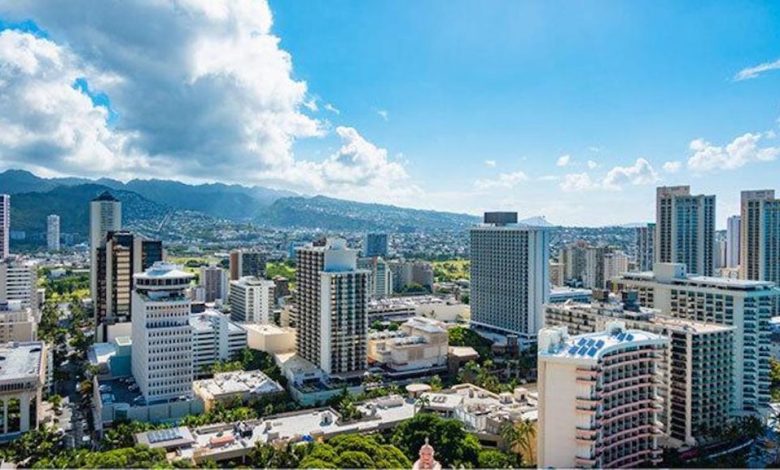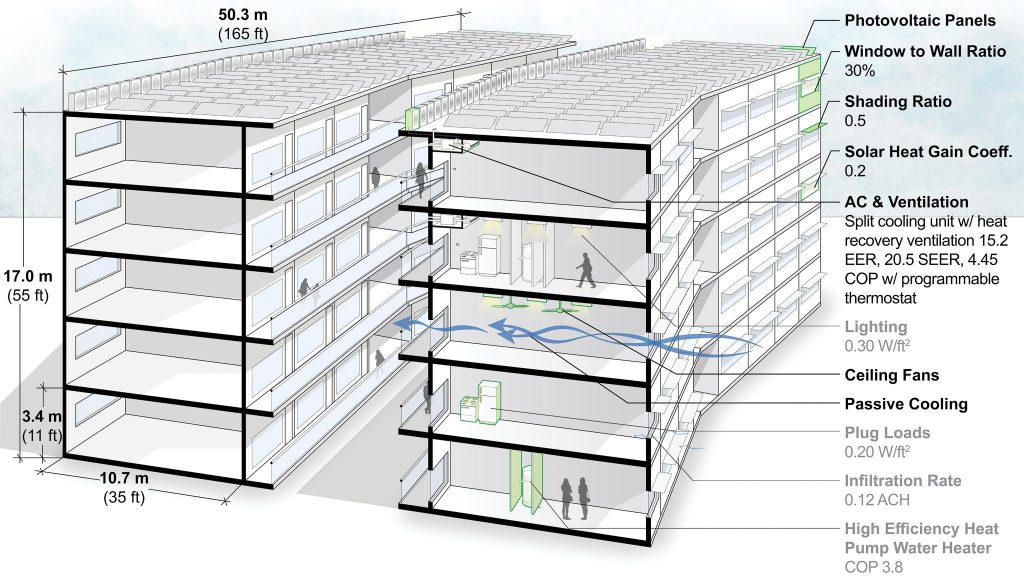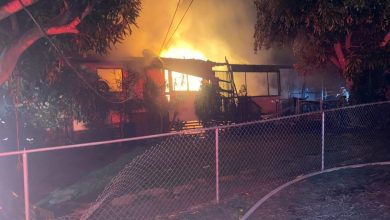UH: Climate change will require more cooling for Honolulu multifamily buildings : Maui Now

[ad_1]

Multifamily buildings in Honolulu without air conditioning will become increasingly warmer in the decades to come, with “comfort levels” dropping by 42% by 2080 without interventions, according to a study from the University of Hawaiʻi at Mānoa.
The research, contributing to the Honolulu Climate Change Commission’s forthcoming guidance document on urban heat, delves into the future challenges to unconditioned (no control of the temperature or humidity) multifamily buildings.
“The findings on poorer thermal comfort negatively impact health and productivity, particularly for populations who cannot afford air conditioning,” said the authors, including UH Associate Professor Wendy Meguro.
The baseline of present-day Honolulu weather was used to determine “comfort level,” which is considered comfortable 88% of the time without fans and 96% of the time with fans. The study simulated a conceptual design for two multifamily, five-story residential buildings, each with an exterior walkway and 40 one-bedroom units.
The study used several possible future weather files based on global greenhouse gas emissions scenarios. In one scenario, global greenhouse gas emissions peak around 2040, then decline. In another scenario, emissions continue to rise through the year 2100.
In the latter scenario with higher emissions and hotter temperatures, the projections indicated a significant decrease in comfort levels in the future, dropping to 75% in 2050 and 58% in 2080.
According to the study, the inclusion of ceiling fans is anticipated to maintain comfort levels between 85–91% in 2050 and 71–90% in 2100.

Proactive design strategies
The study provided proactive design strategies that can be implemented immediately to mitigate the adverse effects of increasing heat, such as the use of ceiling fans.
Other immediate actions recommended in the study include sizing and orienting the building on a site to have long south and north facades, providing shading on the exterior of the building (particularly at windows to block direct sunlight), using high-performance windows to limit heat, limiting the window area, encouraging natural airflow, and using ceiling fans. The design strategies proposed are intended to enhance thermal comfort and align with the broader goal of reducing the reliance on fossil fuel.
“Although the research focuses on one specific building, the design strategy recommendations apply widely to future residential buildings in Honolulu and the process may be replicated for different building types,” said the authors.
Reliance on air conditioning poses economic challenges
The study emphasized the potential increase in energy consumption if air conditioning becomes the default solution for combatting rising temperatures. If air conditioning were installed today and only used for part of the year, the multifamily building’s energy use would be expected to rise by as much as 32% by 2080, per the study. This poses a greater energy burden for low-income households, strains the electrical grid, and requires more renewable energy systems.
The full study is available at this link.
[ad_2]
Source: Maui News




